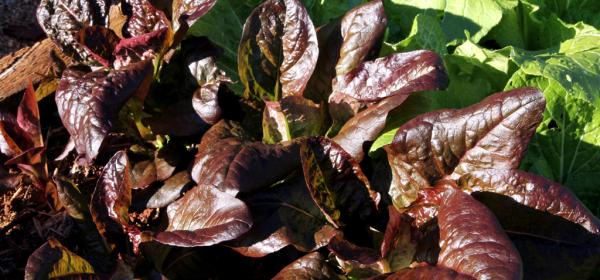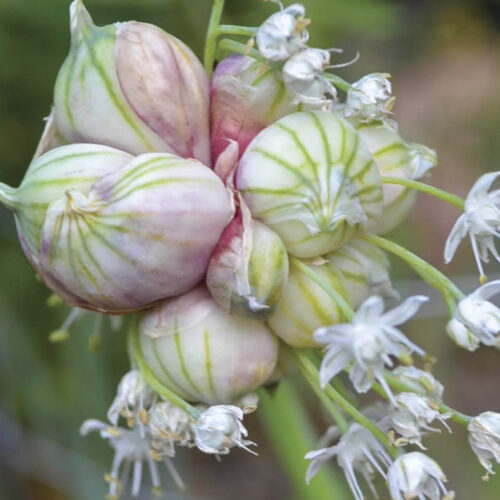Autumn salads
2013-03-12T05:21:50+11:00
Autumn is the perfect time of year to plant salad crops and JUSTIN RUSSELL explains the finer points of sowing lettuces.
We all love summer salads, but the reality is that autumn is the time we should be eating them. It’s the best time of the year for growing salad crops in temperate Australia, and here in my garden we’re gearing up for what promises to be a very leafy few months.
The reason it’s so good is that the soil is warm, facilitating excellent root growth, but air temperatures are falling, facilitating lush foliage growth. It’s the ideal combination. The plants suffer less from heat stress, aren’t as prone to bolting, and if some gentle rain falls to keep the plants hydrated, they be all the better for it.
Many salad crops are simple to grow. Rocket, mizuna, and most salad brassicas are easy from seed, and will be ready for harvesting in just a month from planting. I simply make drills in prepared soil with the aid of an old tomato stake, scatter the seed as evenly as possible along the row, backfill gently and water. Fast growing crops will be up in a week or less. Once they’re about five centimetres tall, I thin out the seedlings to an appropriate spacing (15cm is a good rule of thumb), and use the thinnings as microgreens.
Lettuces are brilliant at this time of year. They aren’t particularly difficult to grow, but they can be tricky little beasts to germinate from seed. Lettuces are members of the daisy family and produce very fine seed in copious quantities. This suggests a couple of things. Firstly that when planting lettuces it’s worth “oversowing”, that is sowing more seeds than you think necessary, such as four instead of two. Secondly, because it’s so small and light, lettuce seed germinates best on the surface of soil and loathes being sown too deeply.
In fact I find that it self-sows quite easily in my garden after a plant runs to seed, often better than when I collect seed and deliberately plant it. I’m gradually improving, though, and find that I get half decent results by placing some seed on the surface of prepared soil, and sifting a fine veneer of compost or soil lightly over the top. No matter how long you’ve been gardening, there’s always some new to learn!We all love summer salads, but the reality is that autumn is the time we should be eating them. It’s the best time of the year for growing salad crops in temperate Australia, and here in my garden we’re gearing up for what promises to be a very leafy few months.
The reason it’s so good is that the soil is warm, facilitating excellent root growth, but air temperatures are falling, facilitating lush foliage growth. It’s the ideal combination. The plants suffer less from heat stress, aren’t as prone to bolting, and if some gentle rain falls to keep the plants hydrated, they be all the better for it.
Many salad crops are simple to grow. Rocket, mizuna, and most salad brassicas are easy from seed, and will be ready for harvesting in just a month from planting. I simply make drills in prepared soil with the aid of an old tomato stake, scatter the seed as evenly as possible along the row, backfill gently and water. Fast growing crops will be up in a week or less. Once they’re about five centimetres tall, I thin out the seedlings to an appropriate spacing (15cm is a good rule of thumb), and use the thinnings as microgreens.
Lettuces are brilliant at this time of year. They aren’t particularly difficult to grow, but they can be tricky little beasts to germinate from seed. Lettuces are members of the daisy family and produce very fine seed in copious quantities. This suggests a couple of things. Firstly that when planting lettuces it’s worth “oversowing”, that is sowing more seeds than you think necessary, such as four instead of two. Secondly, because it’s so small and light, lettuce seed germinates best on the surface of soil and loathes being sown too deeply.
In fact I find that it self-sows quite easily in my garden after a plant runs to seed, often better than when I collect seed and deliberately plant it. I’m gradually improving, though, and find that I get half decent results by placing some seed on the surface of prepared soil, and sifting a fine veneer of compost or soil lightly over the top. No matter how long you’ve been gardening, there’s always some new to learn!






